Monet and French Impressionism
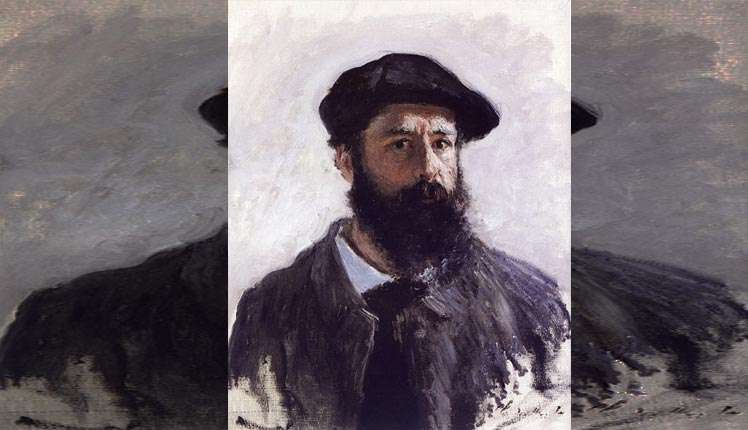
An auto-portrait by Claude Monet.
Painting is among the classiest interests. It is a depiction of a deep personality and an ingrained attraction towards aesthetics. While taking about painting, the works of Leonardo da Vinci, Picasso and their likes are the foremost to start with. But Claude Monet would always remain as a special mention. Monet is the founder of French Impressionist painting.
Impressionism is an art movement or type that emphasize on accurate depiction of light in its changing qualities. Such painting changes itself when viewed from different angles. There is a special element created with brush strokes that makes such painting alive and moving.
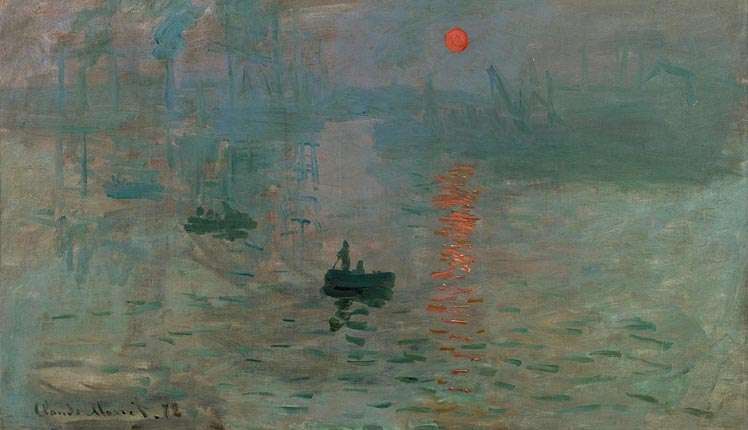
Monet’s first painting, Impression, Sunrise, that broke the Impressionist Movement.
Monet primarily documented French countryside adopting his special technique. His famous works surrounds themes like water lilies and changing seasons in French landscape. It was in 1892 when Monet painted Le Havre harbor of French using the ground-breaking technique. He named this painting as “Impression”. This started the movement across Europe as the technique spread as a wild fire in art, music and literary world.
A series of painting called “Nympheas” or Water Lilies are considered as the top masterpieces created by Monet. He painted them in the latter half of his life. While painting them he could hardly see, because he suffered from cataract. There are about 250 paintings in this series.
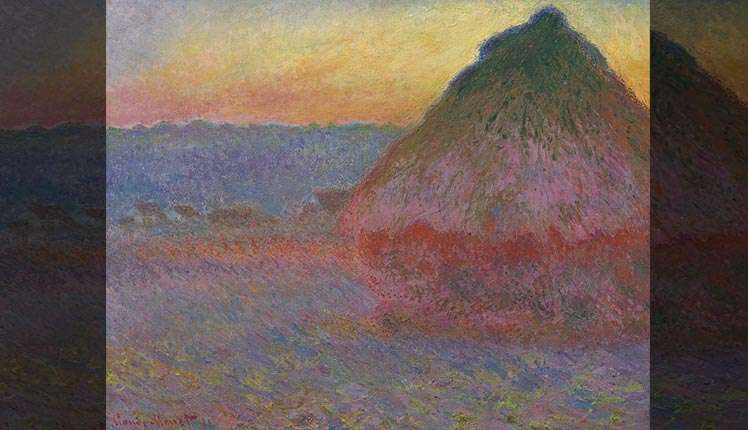
Meule, the most expensive painting by Monet so far.
In an auction at Christie’s in 2016, most coveted painting by Monet, ‘Meule’ was sold at USD 81.4 million. This is a record sale against a backdrop where it was expected to sell only at USD 45 million. The collector, however, remained anonymous as the bidding was done over telephone. With this record amount, ‘Meule’ surpassed ‘Water Lily Pond’. The latter was auctioned at USD 80.4 million at Christie’s back in 2008. Now, Meule is the most expensive painting by Monet so far.
Meule is from the Haystacks series of Monet’s painting. It is a 28-by-36-inch painting. In these series, the same subject is used to depict the impressions of changes in light and atmosphere at different times of the day, and across the season. He started creating these paintings when he settled in Giverny in 1883.



.jpg)

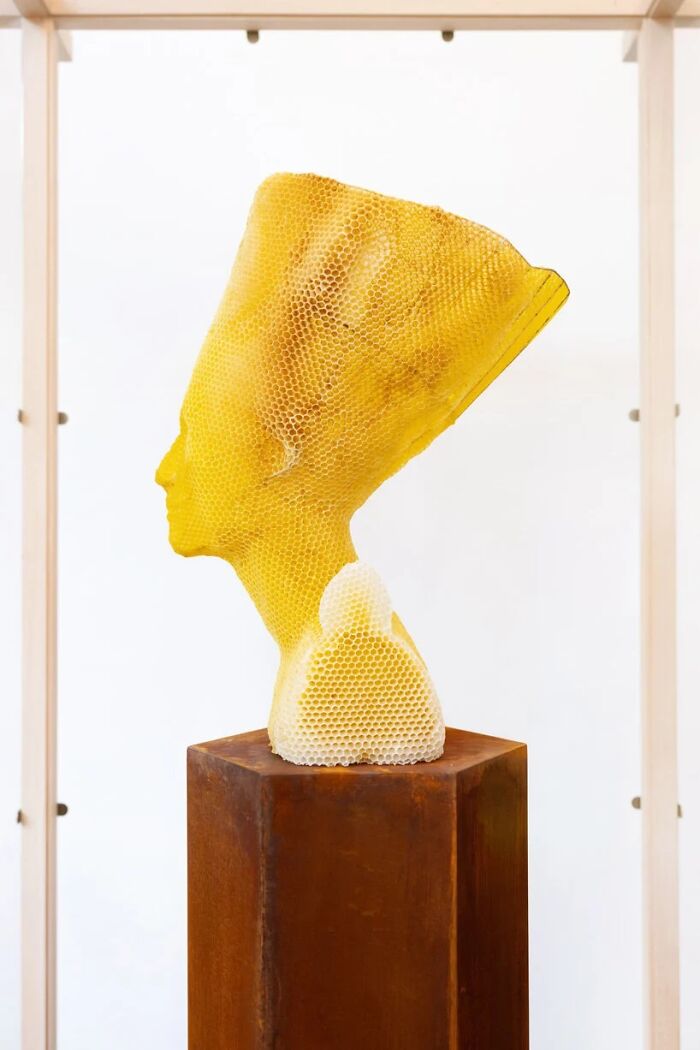
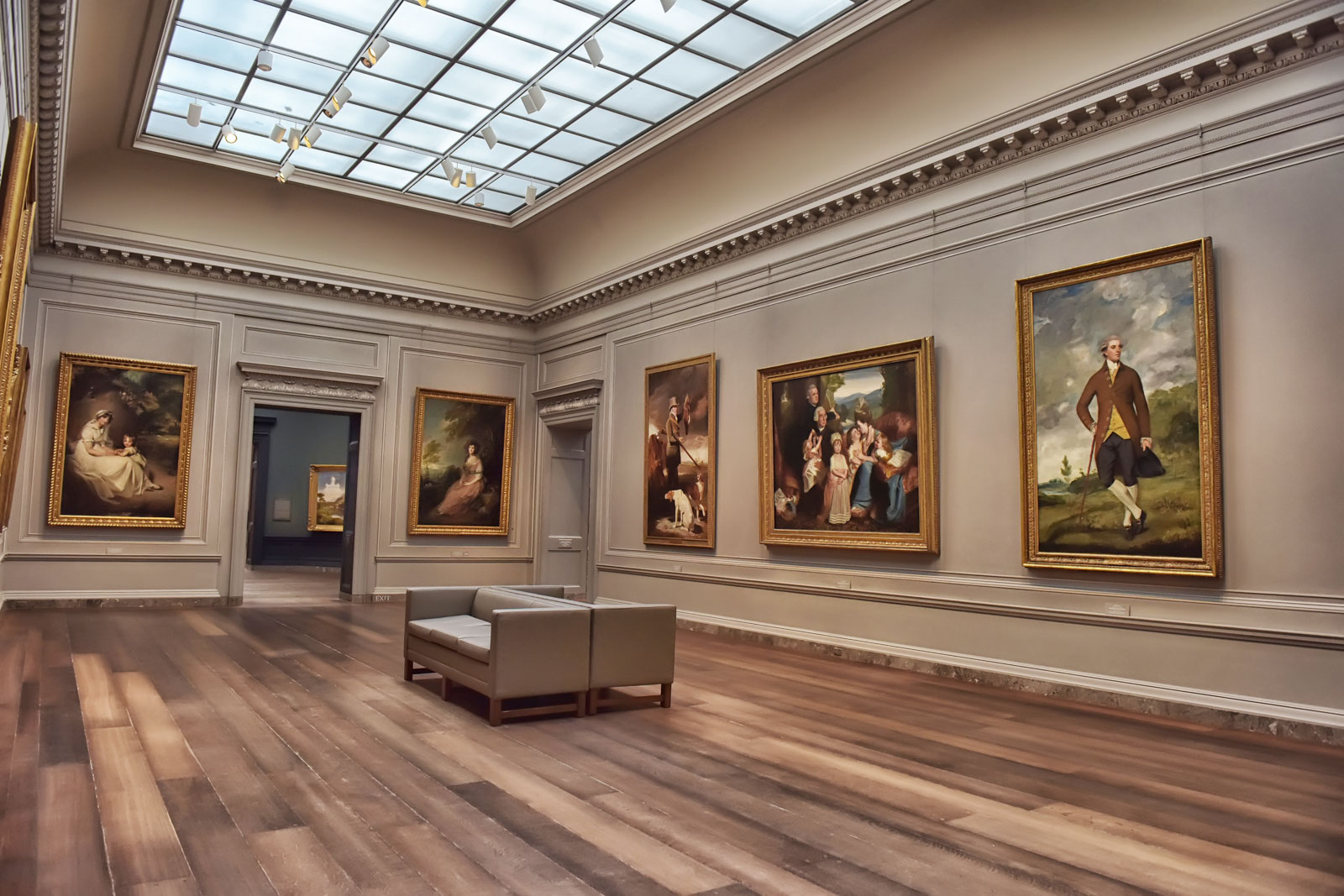

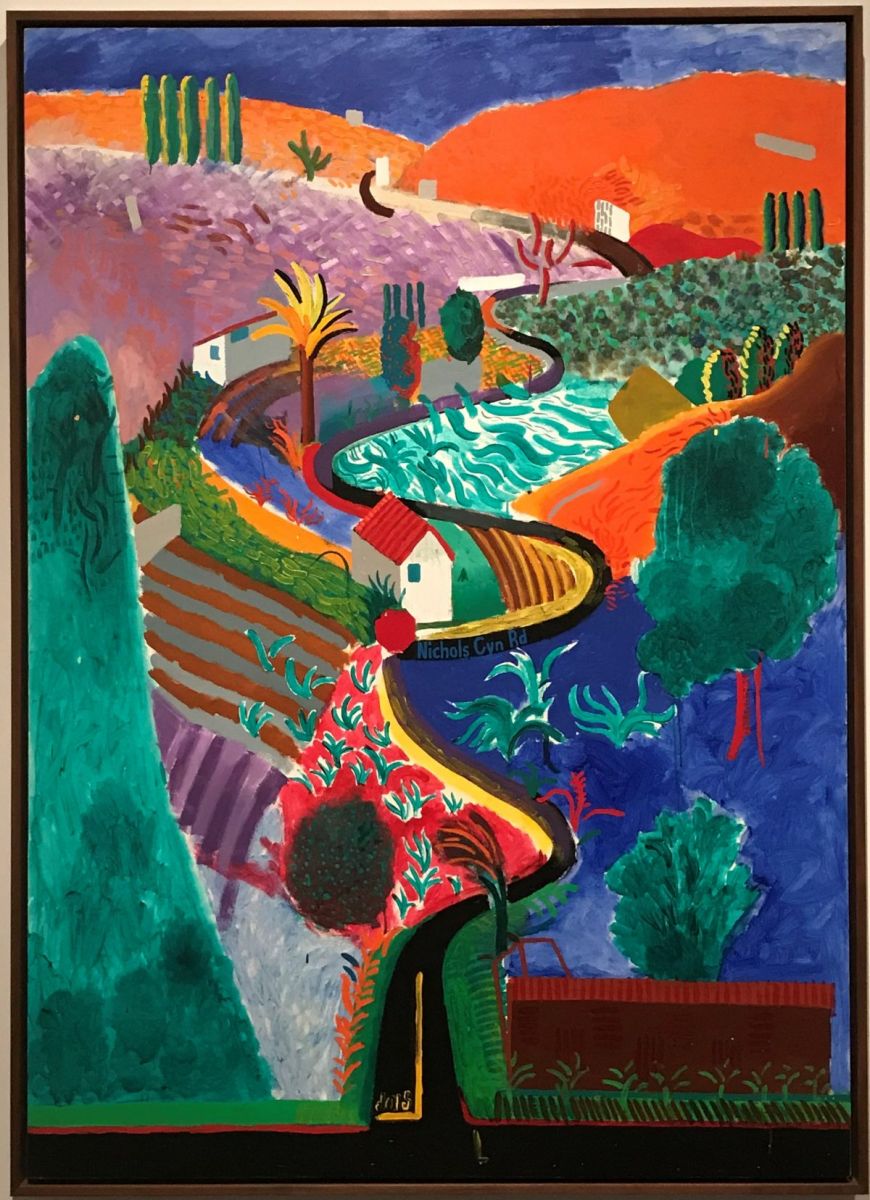


.jpg)






